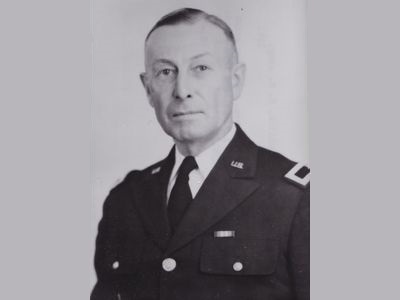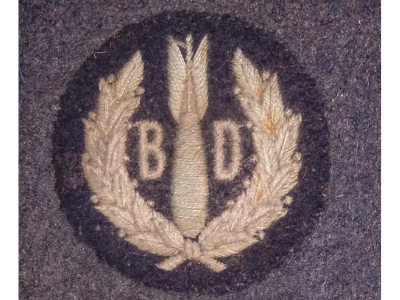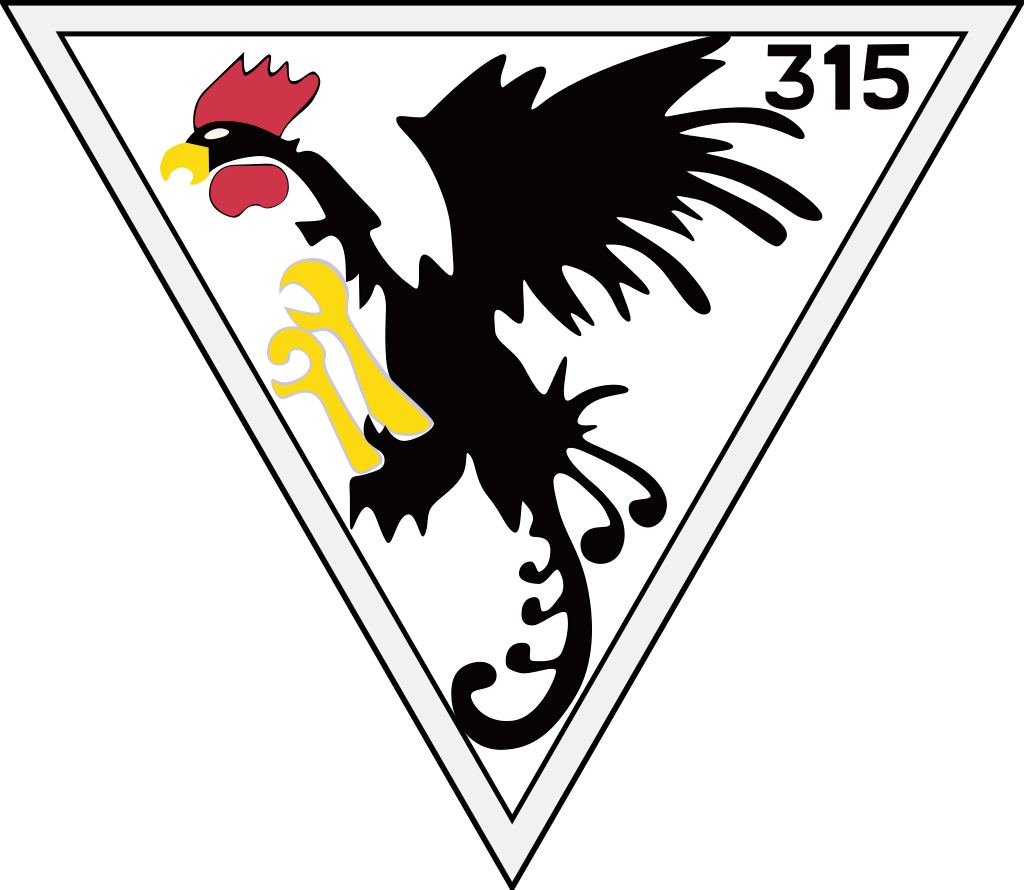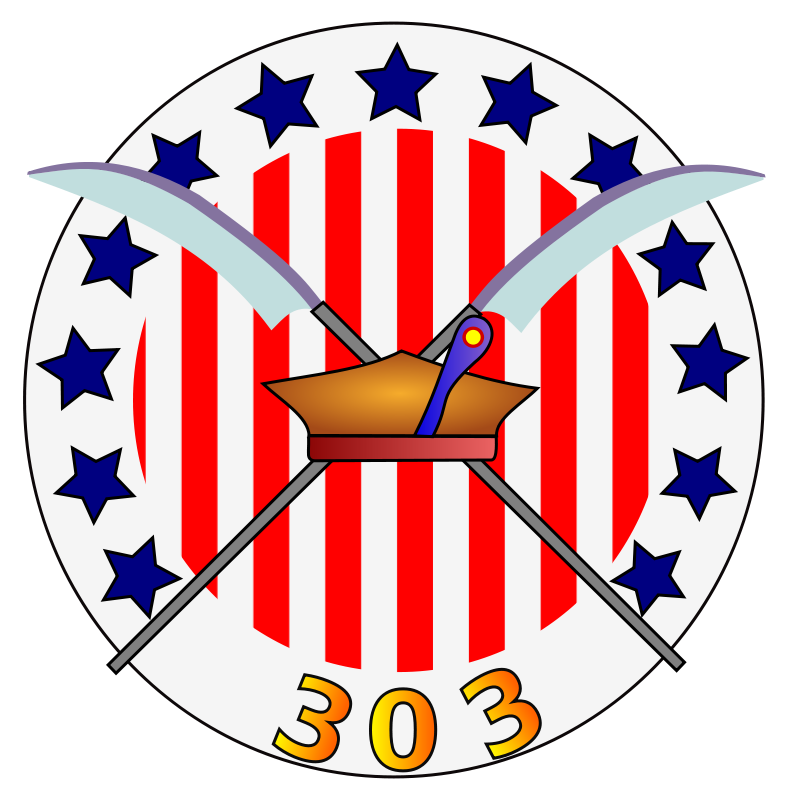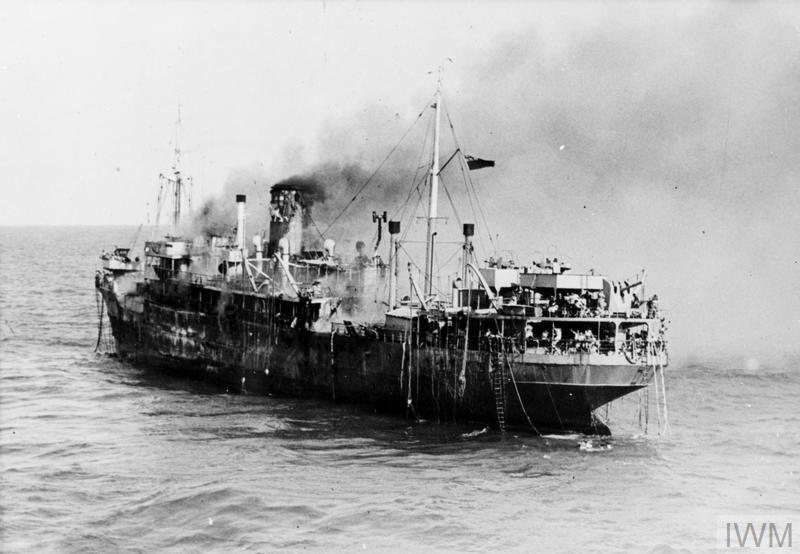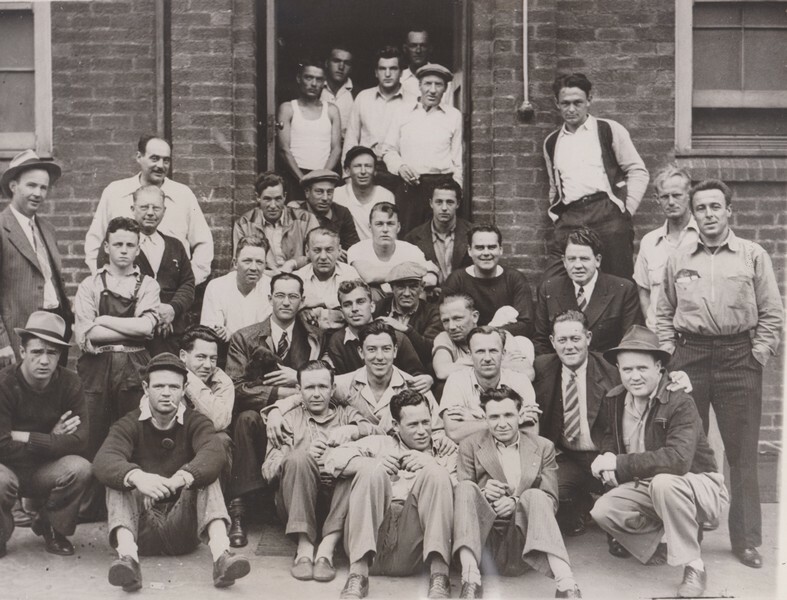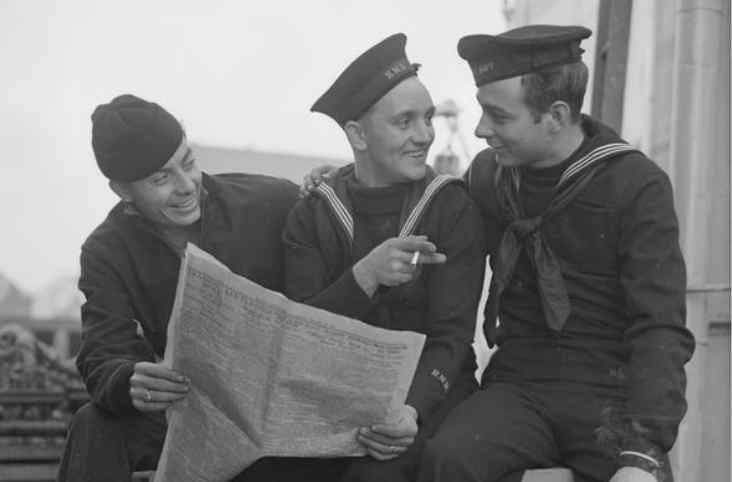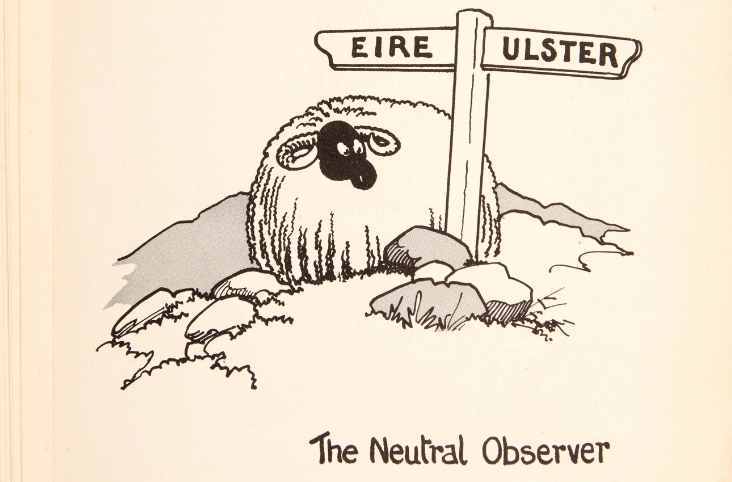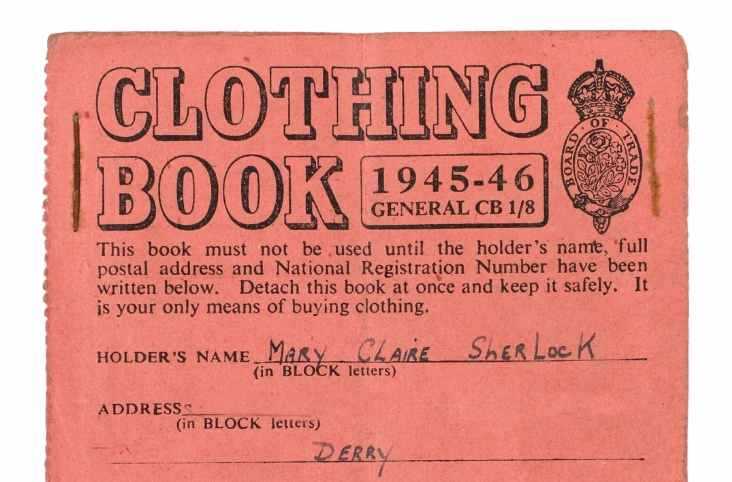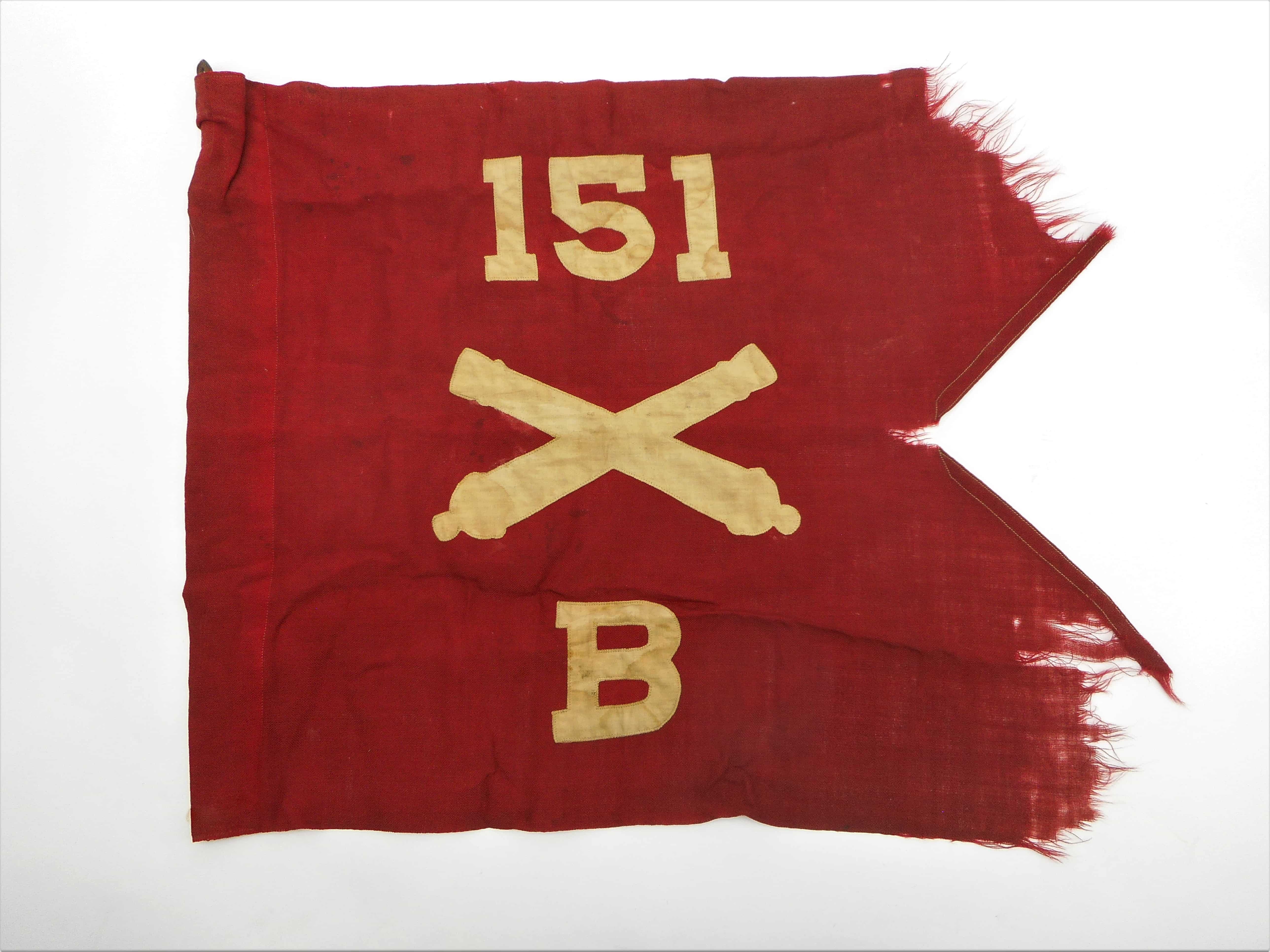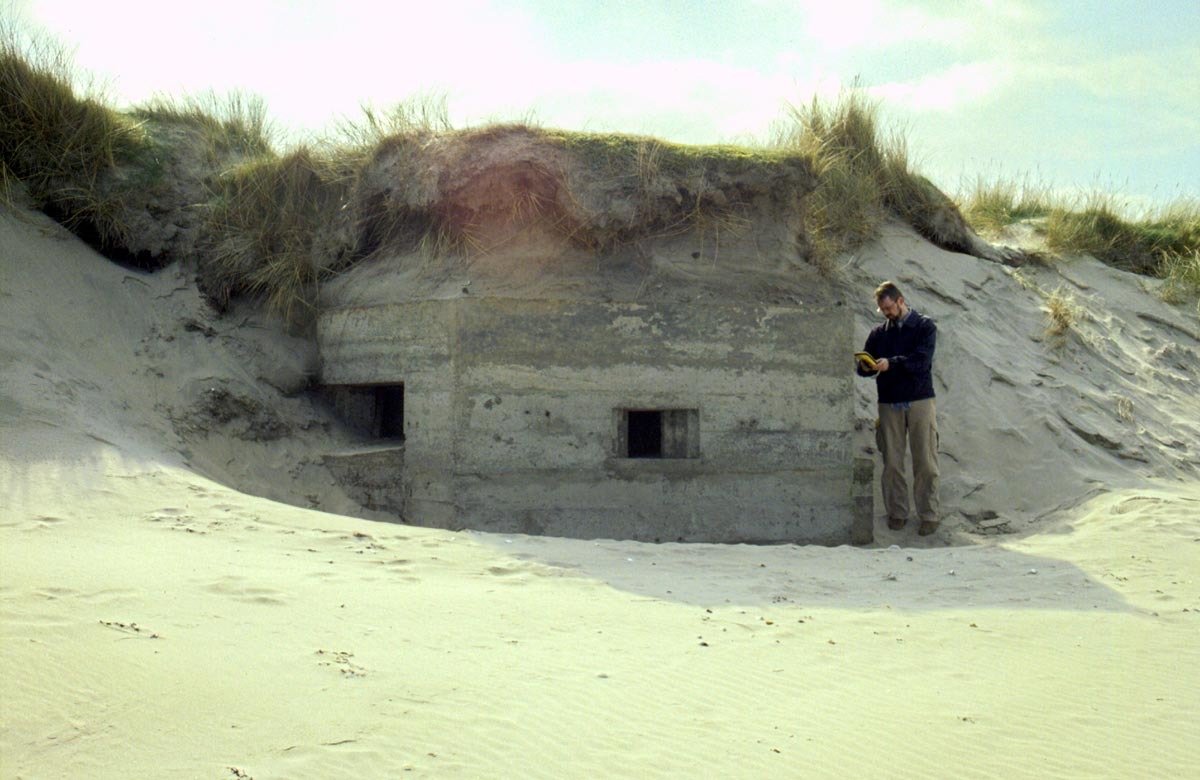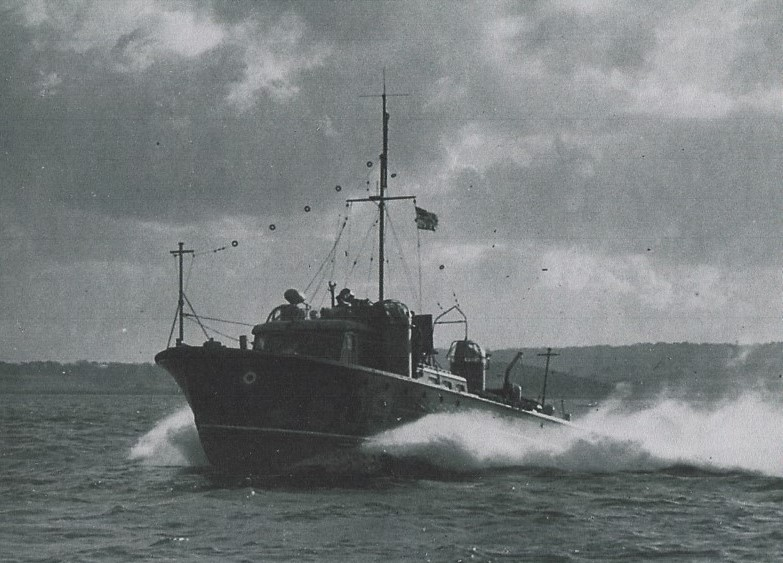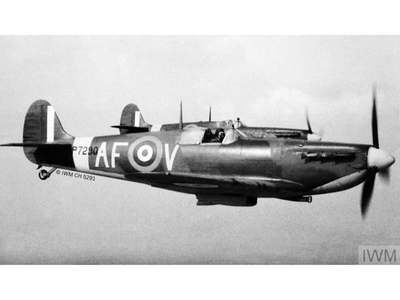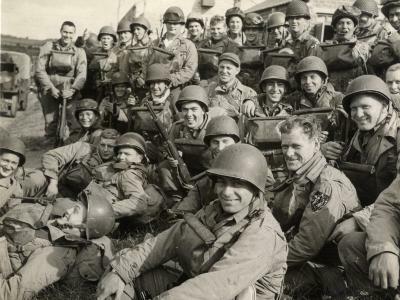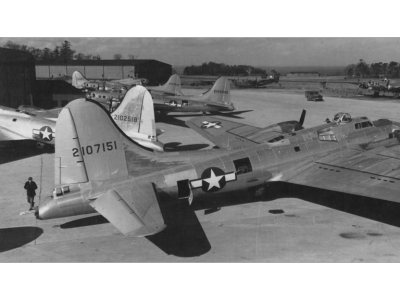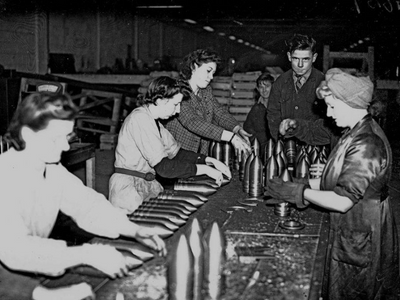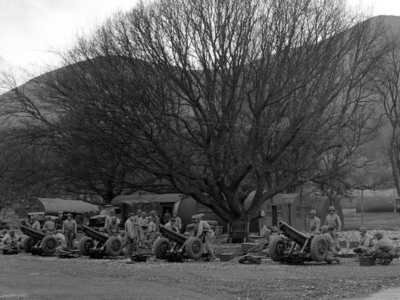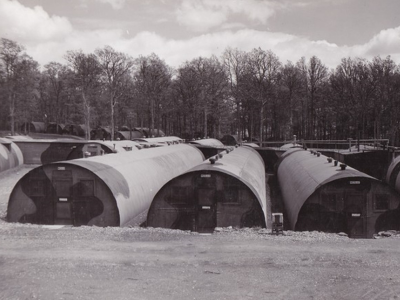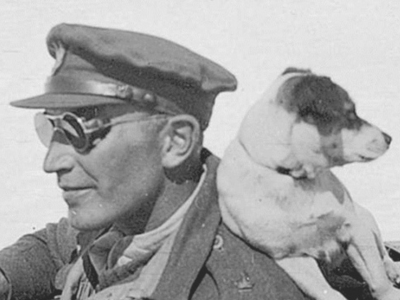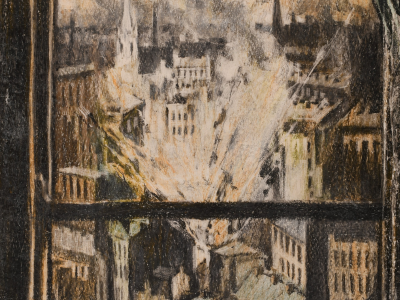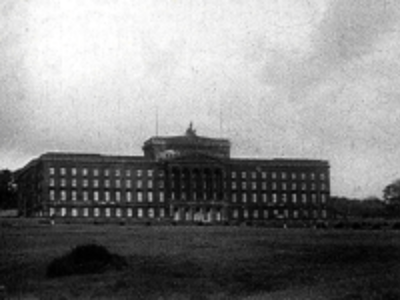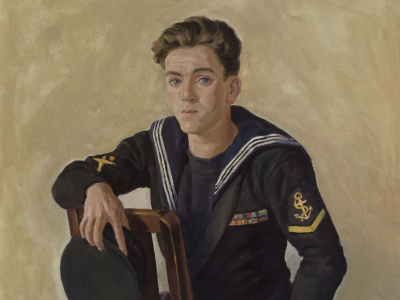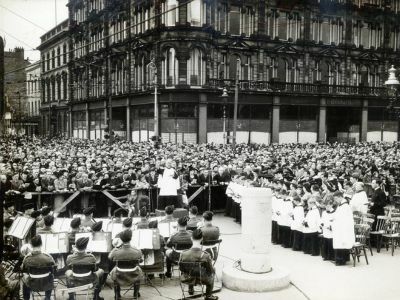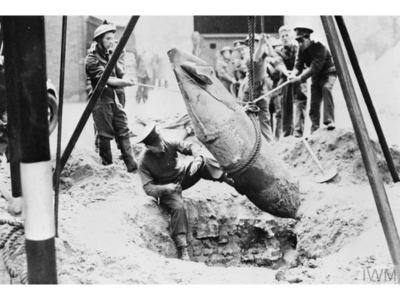Blog
Love In War
Introducing our new blog series #LoveInWar; a collection of blog posts highlighting love stories from our Oral History Collection.
Bob and Joan
Bob was born in 1923, served in the Welch Regiment in 1938 and was part of the British Expeitionary Force at the fall of France in 1940. In 1943, Bob volunteered for the British Army Commandos serving in Norway, Burma, Japan, Singapore and Hong Kong. While stationed in Hong Kong, Bob met and fell in love with Joan, who was born Cheung Sui Ping in Kowloon, Hong Kong in 1926.
As Bob recalled in 2014;
“This girl came and said to me something so I hadn't a clue what she'd said because she was Chinese, so I had an interpreter, an interpreter, a wee man called Henriki Alexandria Caterras, so he was an interpreter and so I called him and said to him "What is this girl asking?" and he asked her and then he said to me, "She wants to know if you can give her a job". I said "Ask her, what she can do", and he did and she said that she could do anything, so I said "Okay, will she keep my clothes clean, because I'm a Sergeant Major I’ve got to keep it kit clean and in Hong Kong you sweat a lot". So, she said "Yes", so then I thought how much am I going to pay her, let me think now and so I said "tell her I will give her ten Hong Kong dollars a week for keeping my clothes clean", and she smiled and her face lit up.
So, I gave her ten dollars a week and this went on for about four or five weeks and then a Sergeant came to me and he said "Can I ask your girl to do my clothes?", so I said "Yeah, pay her 10 dollars" and he said "that’s okay"; and then another one came and another one came, so it ended up she was earning 40 dollars a week, so that was good money out there see so I thought well I'll marry her (laughs) and I married and I have never regretted a moment since.”
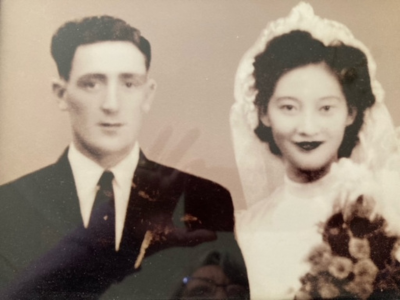
Bob and Joan married on the 20th October 1947 in Hong Kong, 77 years ago today before returning to Northern Ireland where they had two children, Irene and Ray. Bob started working at the Northern Ireland War Memorial in 1988 and worked tirelessly as a Museum Attendant for 27 years, receiving a BEM for his services in 2012, before retiring in August 2015 just a few months before his death aged 93.
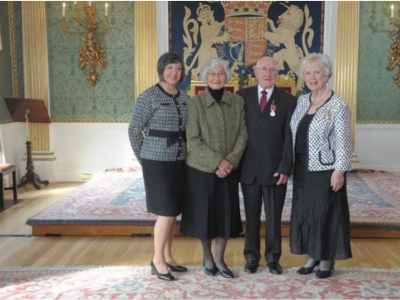
Does your family have a wartime love story that you'd like to share? Feel free to get in contact with our Research Officer, Michael, by emailing projects@niwarmemorial.org or share their story using our hashtag #LoveInWar.
Maureen and Jack
Friday 21 June 2024 marks 80 years since local Maureen McKenna & American GI, Jack Downie got married on the 21st June 1944 in Belfast and had their honeymoon in Londonderry.
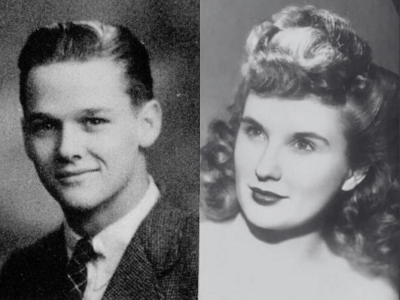
“I met my husband at the American Red Cross, his name was Jack Downie. He used to come up frequently after he met me to the American Red Cross …. so I would go out with him on the week-ends that he could get up to Belfast … so he asked me to marry him and I said no … and then he came up the next weekend and asked me to marry him and I said no … and eventually I gave in and we got married. I was underage, which was 21, so I had to get my father’s permission. I knew then that my father would never give me permission to marry an American and leave for the US while Jack was in North Africa. I thought …. Okay… what am I going to do?
So I sent a telegram to myself saying -'I’m happy to give you permission to marry this young man, I hope you’ll be happy and I’m sorry I’m not there to see it.'… I had my best friend at the time, she came with me and Jack went out and got a soldier off the street as a witness to the marriage.”
Maureen’s younger sister, Margaret (W&M73) recalls how her father found out- “My father came home and he was in the house and he said- "Where's your sister Maureen?" and one of my brothers says, "Oh, she's off in Londonderry, getting married" and my father said, "What?!"… by the time he got there, she was already married.
Maureen went to the States and was reunited with Jack after the war, they had four children. Unfortunately the couple divorced after 9 years of marriage. As Maureen said “It was a bad decision on my part to begin with… Jack re-enlisted in the Navy and I think that was the straw that broke the camel’s back… it was the beginning of the end”.
Maureen and Jack are not the only wartime marriage that didn’t last in peacetime, with many GI Brides divorcing and returning to Northern Ireland or starting again in the US. Maureen remarried and settled in California, where she passed away in August 2019.
Did your parents or grandparents meet and marry during the Second World War? Feel free to get in touch with our Research Officer by emailing projects@niwarmemorial.org or share their story with our hashtag #LoveInWar.
Sam and Freda
Our first story is that of Samuel (1919-1995) and Freda Quigley (1925-2011), a written account shared with us in 2021 by their nephew, Martin Quigley.
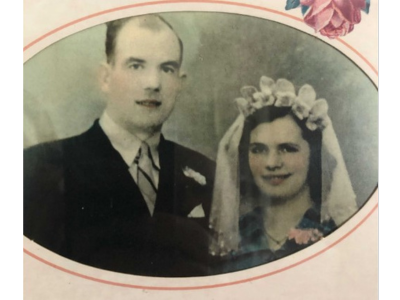
Samuel was born on May 1919 in Co. Antrim, at the outbreak of war Sam was involved in a rear-guard action with the Irish Guards as troops were being evacuated at Dunkirk in May 1940 and in the mayhem that followed he was taken prison at Boulogne. After digging mass graves for the many fatalities, Sam was sent to Stalag 21b at Szubin in Poland. Over the next four years he would work as a building and agricultural labourer in POW camps across Germany and Poland. While imprisoned at Luckenwalde camp, Kümmernitz in Germany he befriended one of the local farmgirls, Toni who was dating one of Sam's fellow prisoners, it was Toni who introduced Sam to his future wife, Sophia Freda Rohl.
Sophia, who preferred to go by her middle name Freda, was born in December 1925 in Berlin, before moving to a farming community close to the Polish border following her fathers death and mother's remarriage. Freda was 15 when war broke out, as her family lived so close to the Polish border they were immediately affected by the German advancement. Unfortunately, they were unable to prove their German citizenship and were seen as Polish refugees within their own country, with the family split up and working as agricultural labourers near Brenz, Germany. It took nearly three years until Freda's mother was able to source the necessary paperwork to prove their citizenship and they reunited at a farm in Hellburg, where she befriended Toni and ultimately met and fell in love with Sam.
In April 1945, taking advantage of the German disarray and chaos as the allies marched towards Berlin, Sam & Freda made their escape with Toni and her boyfriend, stealing a hay cart and horse for transport and chickens for food. Their journey was fraught with danger not only from the German Army but also from the advancing Russian and American forces, eventually making it to allied occupied Lüneburg in Northern Germany. They journeyed from Germany to Brussels and then onto London, before they eventually set sail to Belfast together on the 21 May 1945, marrying a month later on the 22 June 1945 in St. Judes Church of Ireland in Muckamore, Co. Antrim.
Freda and Sam had faced a lot of atrocities and hardships during the war years, so one of the greetings they recieved when they arrived home in Muckamore, Co. Antrim "what are you doing bringing a bloody German home..." or words to that affect, was nothing they couldn't deal with. They went on to have six children and lived the rest of their lives in Northern Ireland. Sam died in 1995, with Freda passing in 2011.
If you want to know more about Sam & Freda, their family published their full story in November 2023 - The Greatest Escape: A Real-life wartime story of true love and escape https://www.foyles.co.uk/book/the-greatest-escape/samuel-and-freda-quigley-and-family/9781739825850
Did your parents or grandparents meet during the Second World War? Feel free to get in touch with our Research Officer, Michael, by emailing projects@niwarmemorial.org or calling 075 8863 4847.
